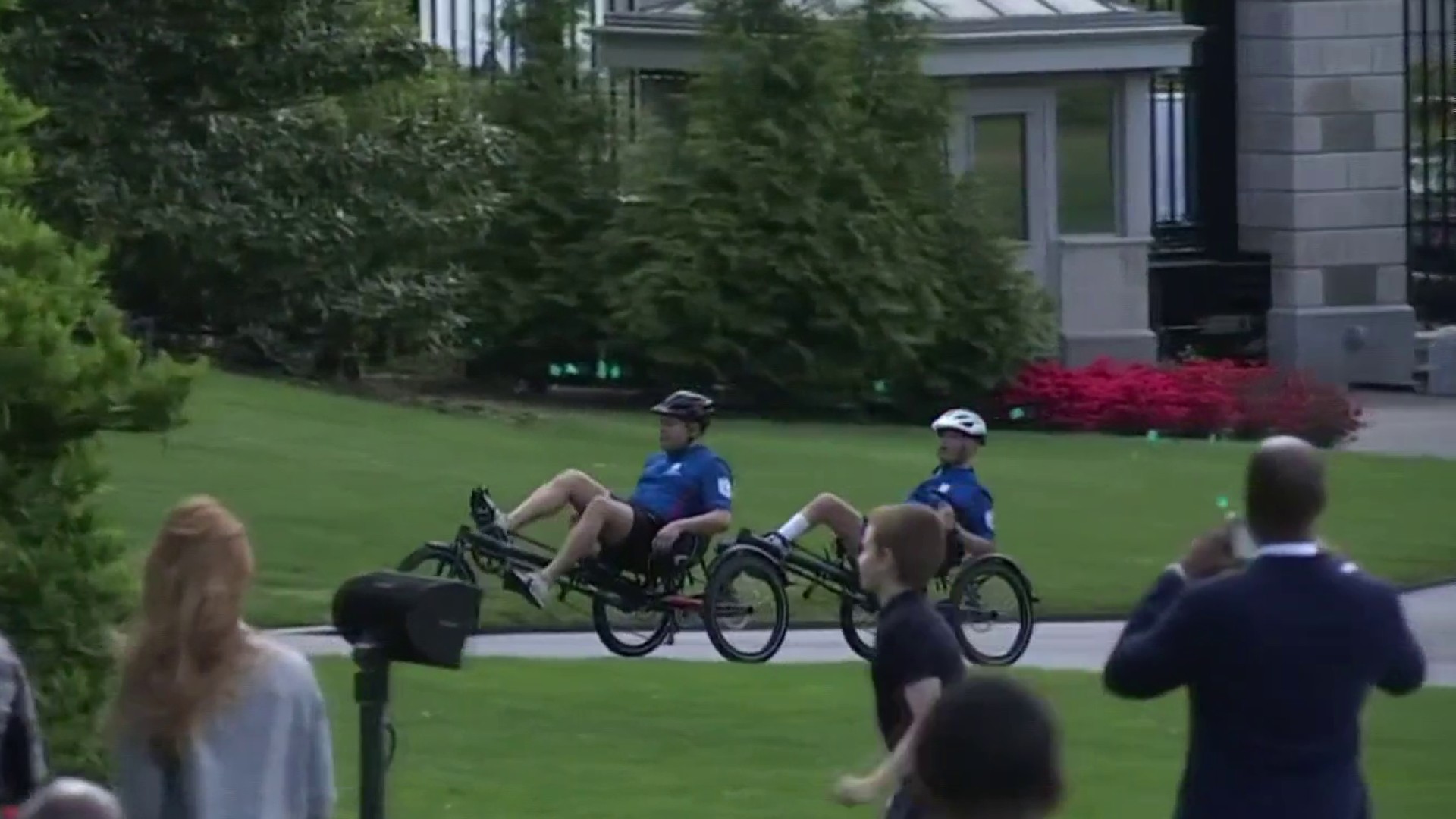Twenty years ago Tuesday, 11 people died in a fiery head-on crash between an Amtrak train and a MARC train in Silver Spring during a snowy rush hour.
A memorial plaque marks the location of the Feb. 16, 1996 crash between MARC train 286, en route from Brunswick, Maryland, to Union Station, and an Amtrak Capitol Limited train.
It was a little after 5:30 p.m. on a Friday, during what the National Transportation Safety Board (NTSB) would later call "a blowing snowstorm." An engineer on the MARC train apparently forgot about seeing an earlier warning signal and couldn't stop in time to avoid hitting the Amtrak train, which had left Union Station just minutes earlier on its way to Chicago.
Eight passengers in the MARC train's first car and all three MARC crew members died in the derailment and the fire that followed. The eight passengers who died were all members of the Harpers Ferry Job Corps, a federal job training program for under-privileged young people, the Washington Post reported.
More than two dozen others were injured: 11 of the 12 surviving MARC passengers and 15 of the 182 people aboard the Amtrak train. Six of those who were hurt sustained serious injuries.
An NTSB accident report said that shortly before the crash, the MARC train had passed a yellow "approach" signal, which is a warning signal, but continued as if the signal had been clear.
The MARC train passed the signal -- which warns trains to travel no faster than 30 mph and to be prepared to stop -- just before going to the Kensington station on MARC's Brunswick line, the Baltimore Sun reported in the wake of the crash.
Local
Washington, D.C., Maryland and Virginia local news, events and information
The NTSB said the crew on MARC may have forgotten about the signal due to "multiple distrations." They had picked up two passengers at Kensington, an infrequently used station, the Sun reported.
After leaving Kensington, MARC Engineer Richard Orr "apparently forgot about the earlier warning signal and accelerated to 63 mph -- too fast to avoid a head-on collision with Amtrak's westbound Capitol Limited, the NTSB said," according to the Sun. They applied the train's emergency braking system too late to avoid the crash.
The NTSB said they couldn't be certain that Orr forgot about the warning signal, but the evidence points to it, the Sun reported.
But the NTSB also said a complex series of events contributed to the crash, including the fact that an additional signal had been removed several years earlier, according to the Sun.
The NTSB concluded in 1997: "None of the federal and state agencies, nor CSX, which owns the tracks and signals and operates the trains with CSX crews under contract to Maryland, provided a redundant safety system that would have alerted the crew to their error or automatically stopped the train...."
In addition, NTSB investigators determined that at least eight of the 11 victims were killed not by the crash, but by the subsequent fire because they couldn't escape the train -- and emergency responders didn't know how to get in.
Following the crash, the NTSB pushed for the addition of voice recorders in trains and urged quick action on safety upgrades.
Estimated damages exceeded $7.5 million, the NTSB said.



